Inside A Cramped Amish Home (11 Photos)
When I put together these posts every week, I try to think of a catchy description to capture some essential aspect of the home in question. And “cramped” was the first word that came to mind here.
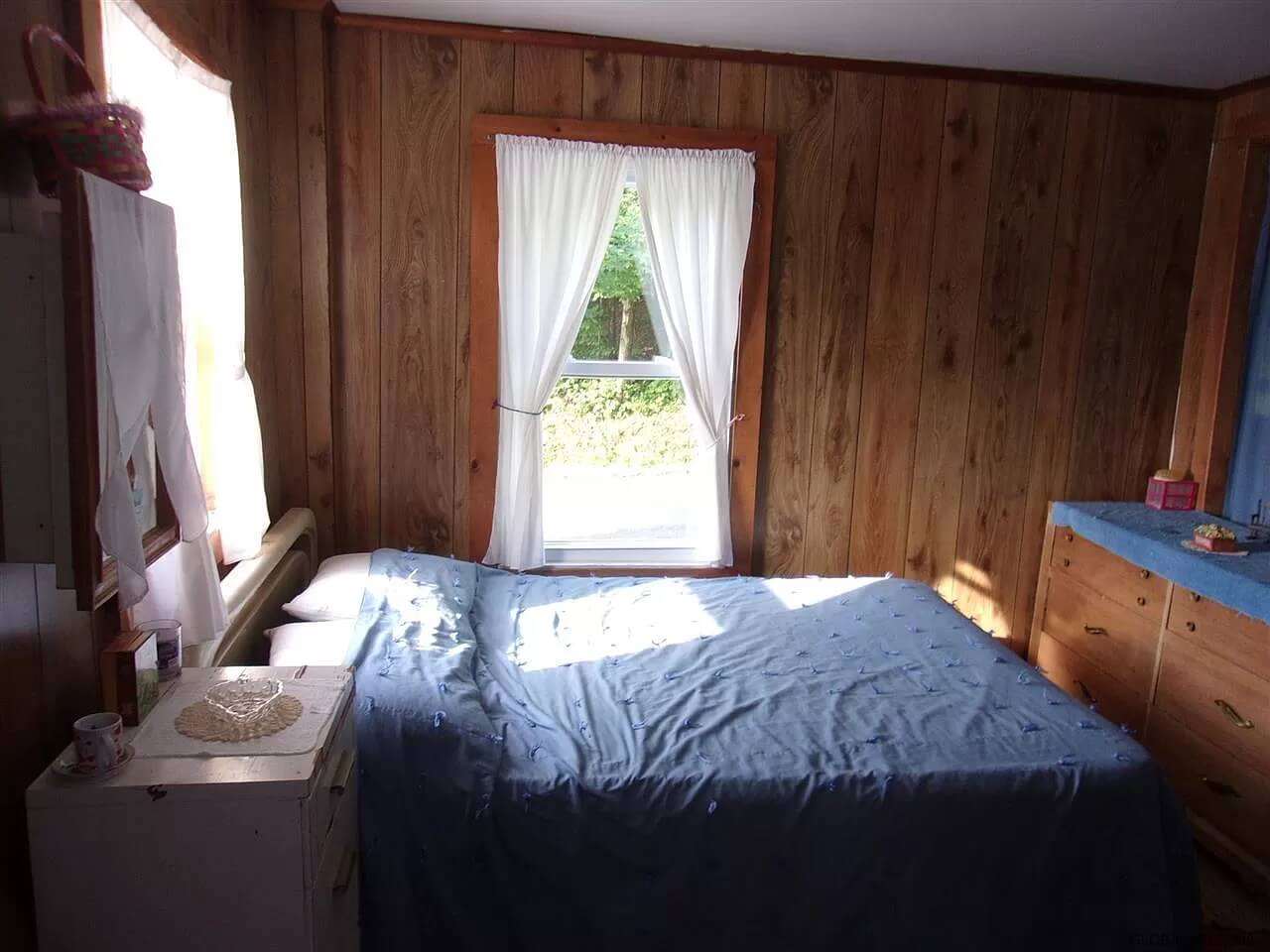
Maybe “cozy” is the positive-connotation alternative I could have used, but no, “cramped” seems to fit.
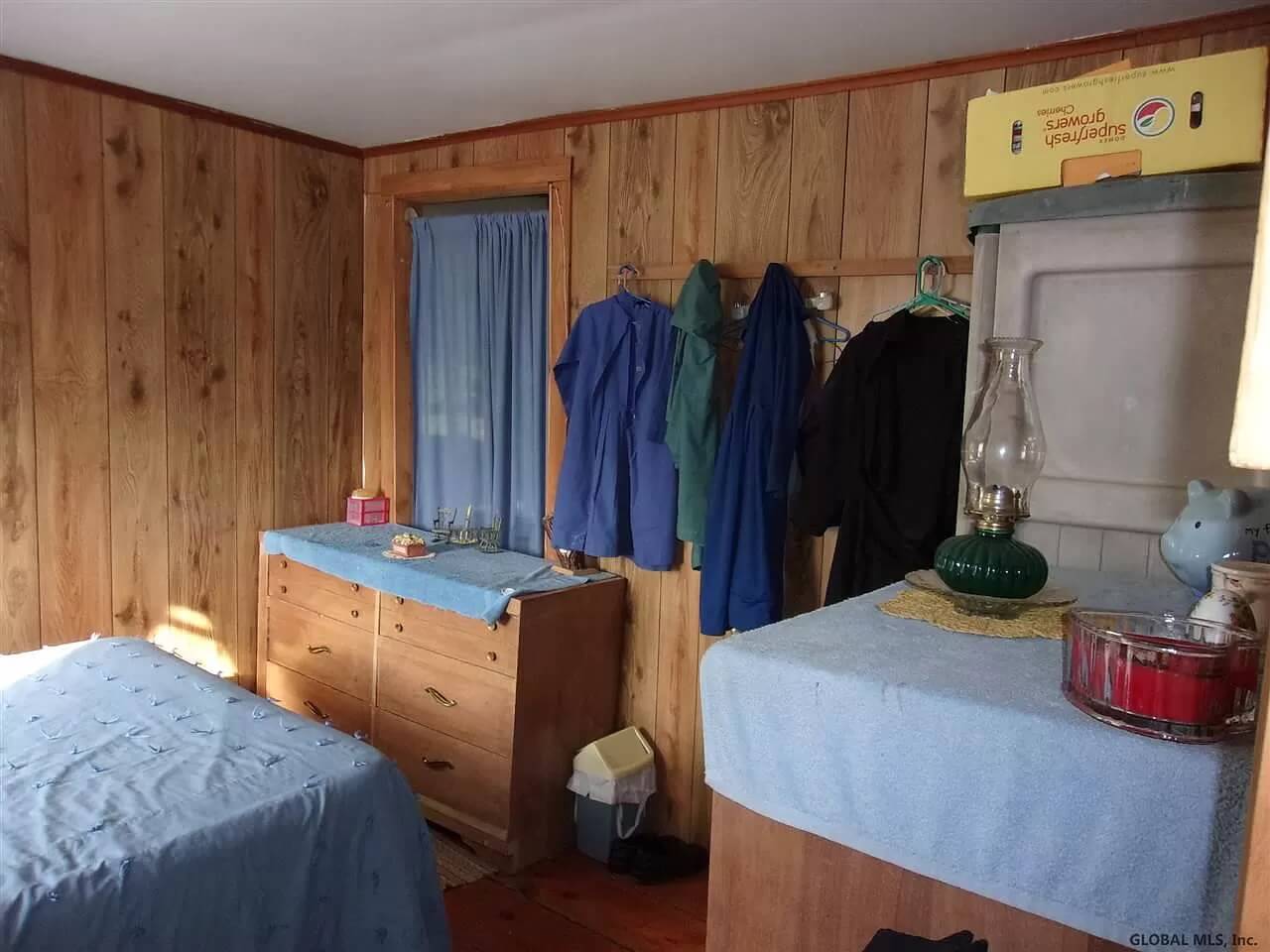
The home has an odd arrangement in some rooms and doesn’t look especially “Amish” in parts, for that matter. Have a look at this room, for example, with the bed slotted right next to an office desk. I assume there is just enough room there to open the closet. This suggests a growing family making use of whatever available space there might be.

Triple-decker bunk bed on the other side of the desk:

This kitchen is on the tight side as well, especially if you compare it to kitchens like the one we saw here last week. The low ceilings probably add to that effect.
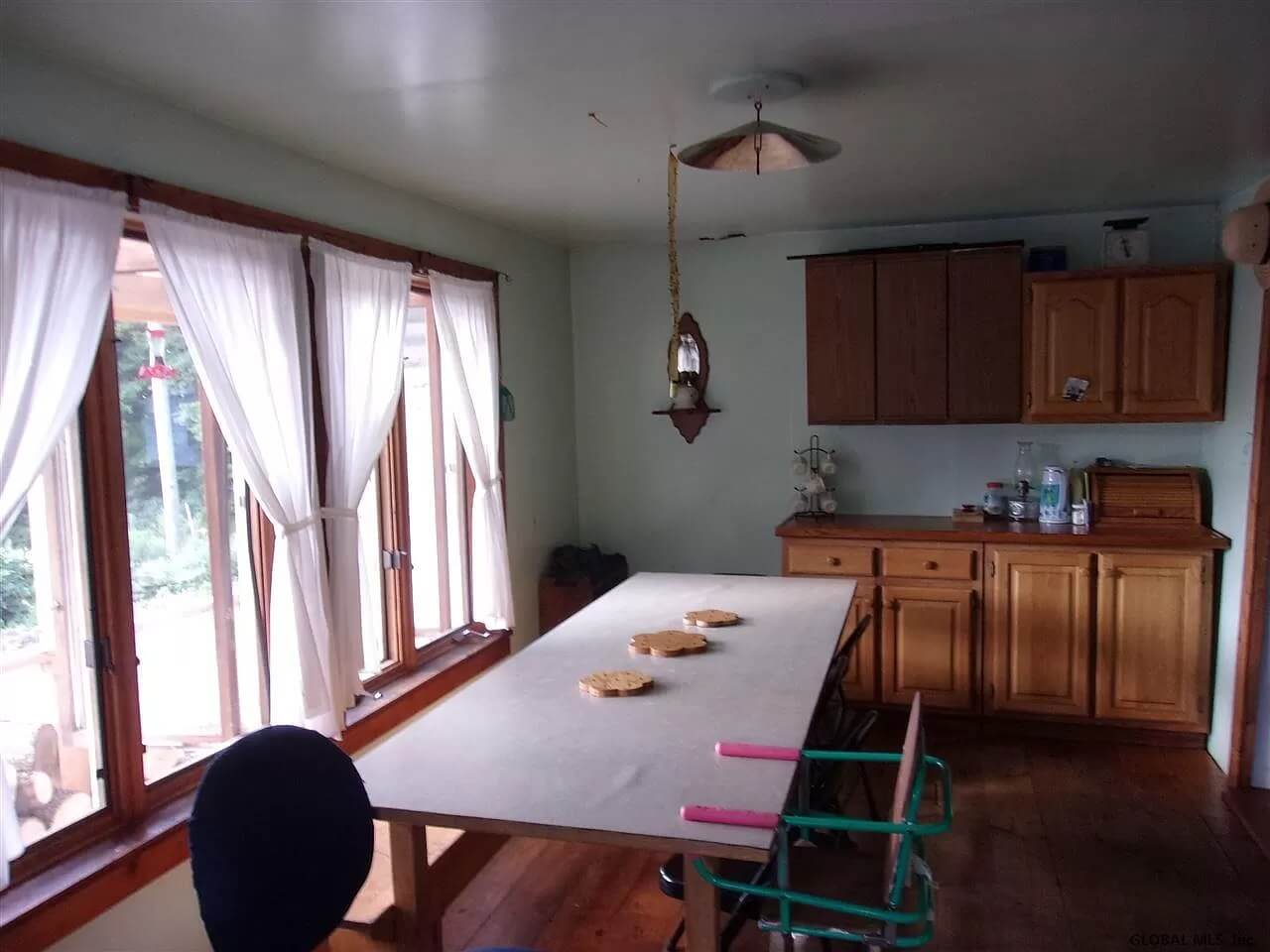
The home even looks a bit cramped on the lot it sits on, planted just a few feet from the edge of the road:
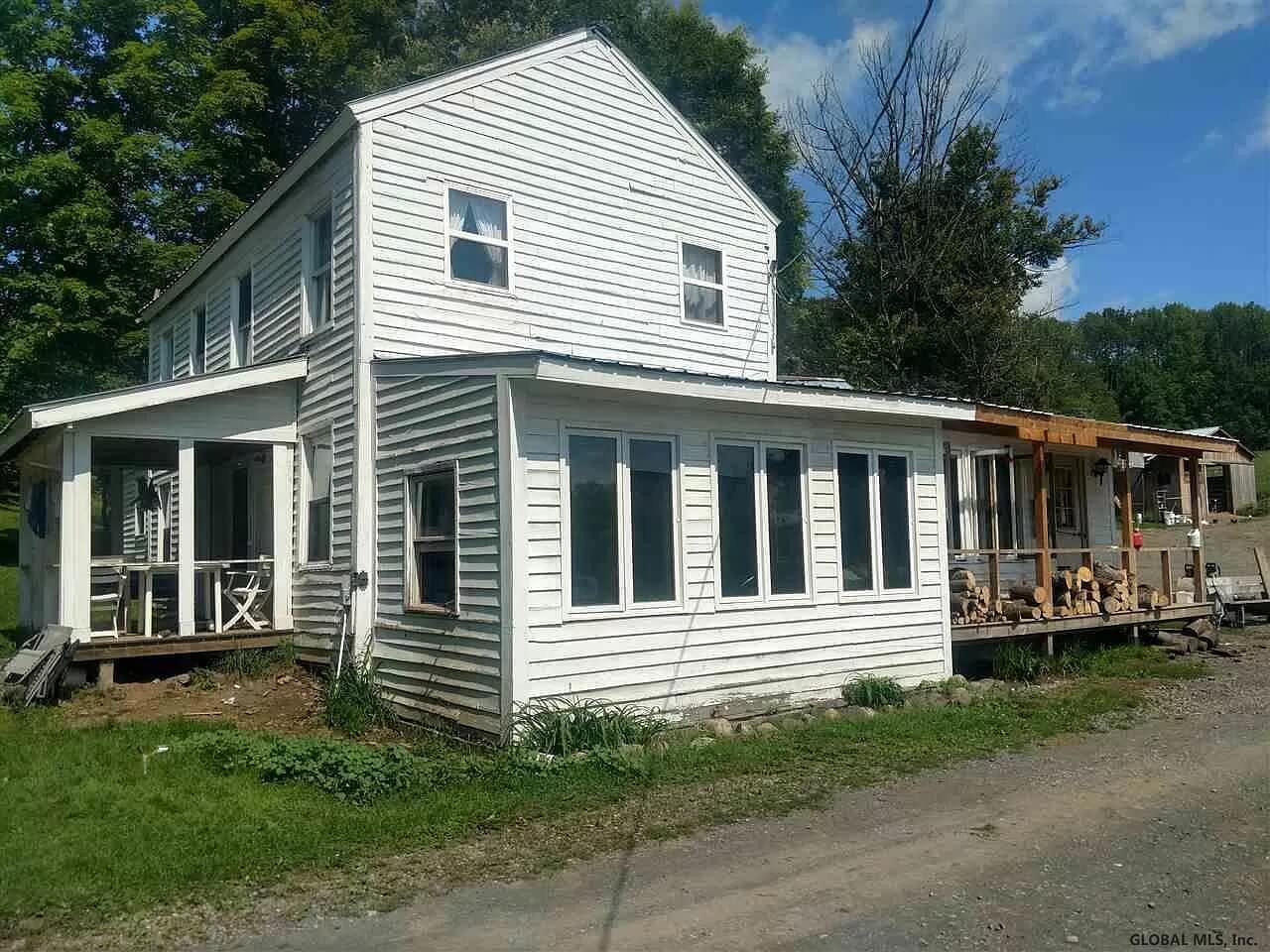
Funny enough the land is 23 acres. Sometimes you see homes like this, built right up on the roadside, especially older homes. You can tell the home was not originally Amish-built (dating to 1918) by aspects of its furnishings, like the faux-wood paneling and closet doors. By the way we are in West Edmeston, in Madison County, New York. The county has several small Amish communities.
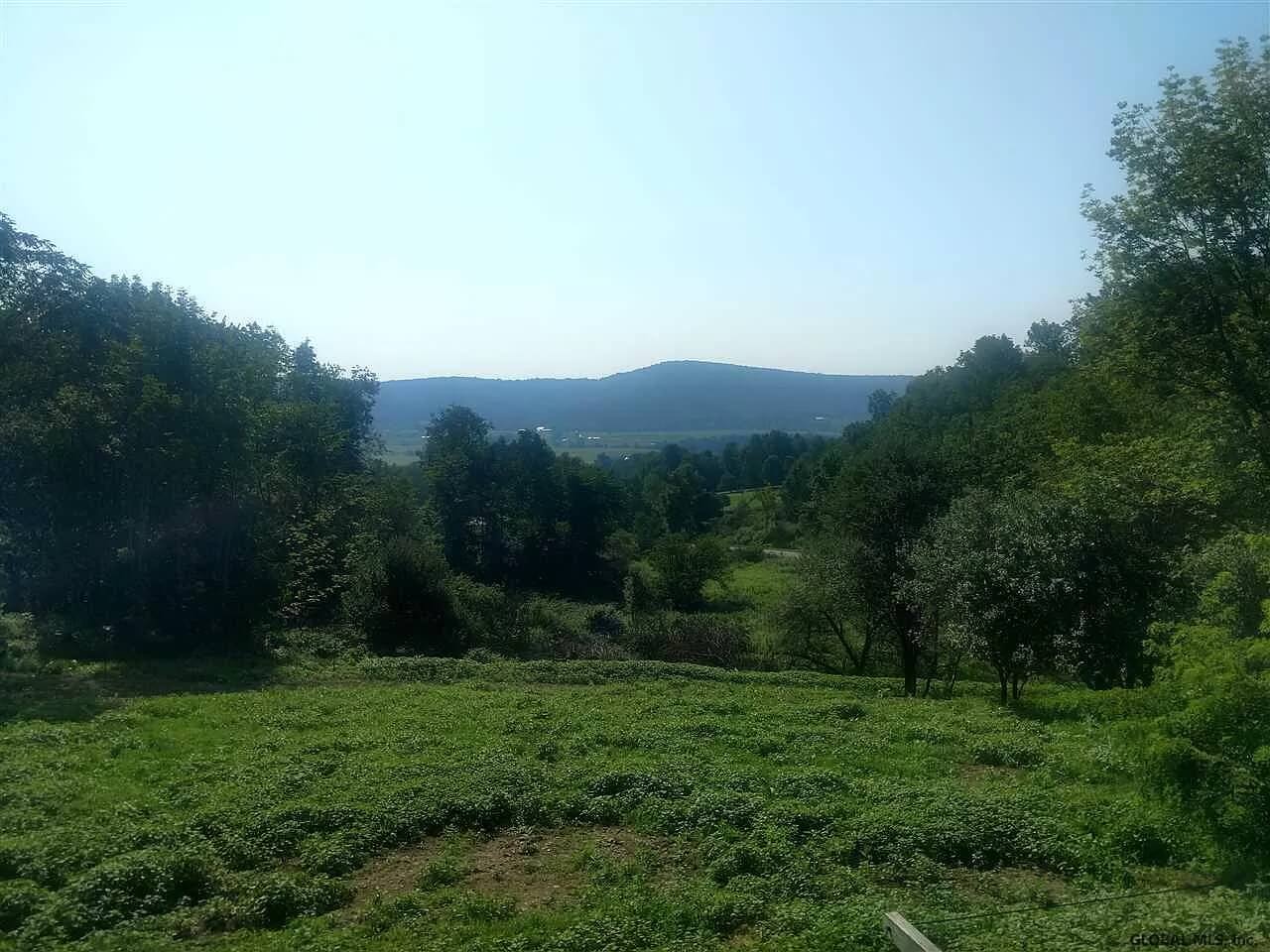
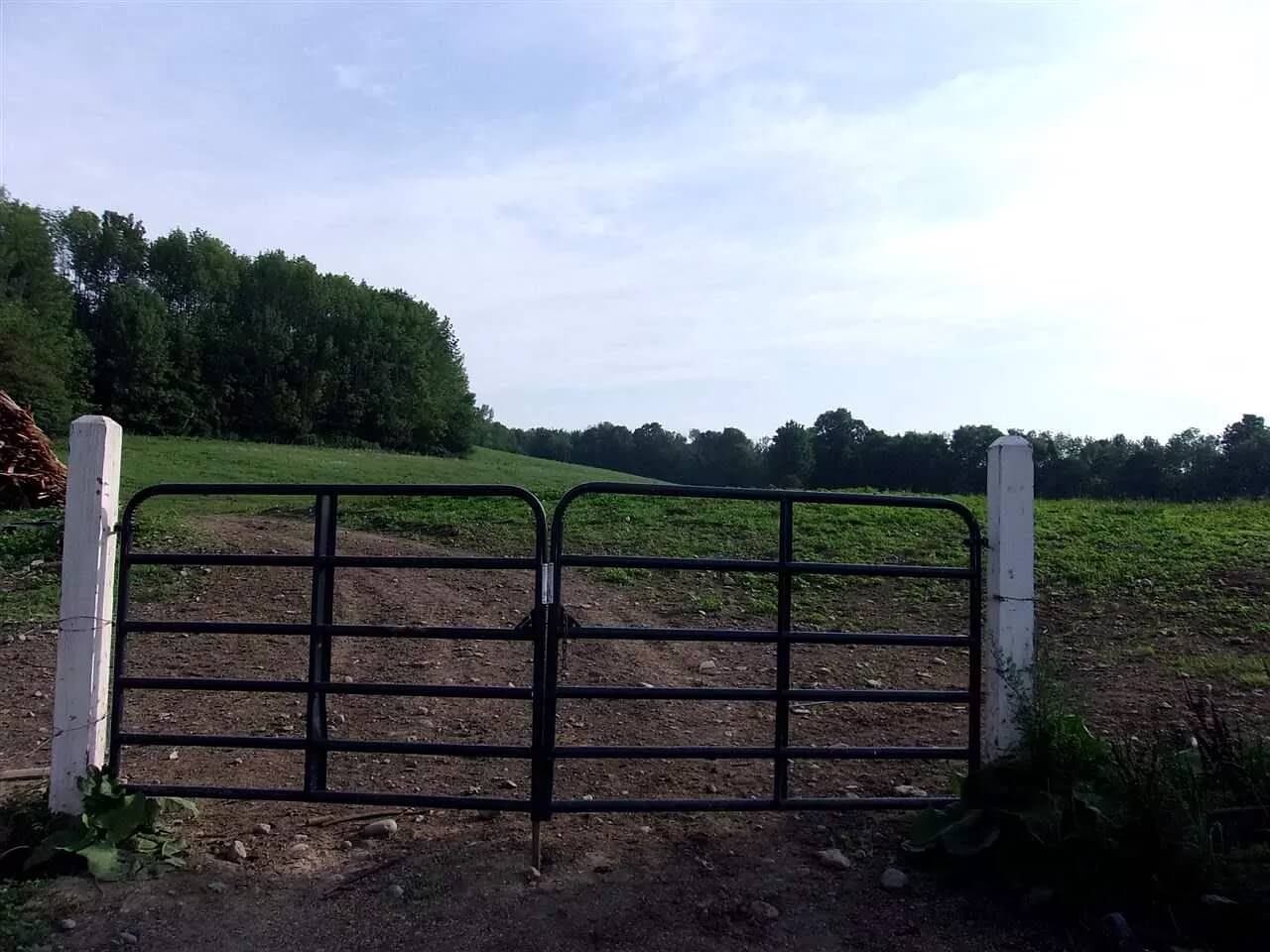
To be fair, the place is not all cramped:

A lot of traditional elements in this sitting room.

The home itself is not really small – 1,800 square feet. The listing has just a few interior photos, all of which I’ve shared here. Four bedrooms, one bath. There is also a barn. It’s described as a “Gentleman’s Farm”, which is a new term for me.
So we don’t know why the family sold this place, but perhaps they were in fact feeling cramped. With the triple-decker bunk bed + one standard bed in just one of the bedrooms, there is a good chance that they simply outgrew the place.
The home was sold last July. The price?

$135,000.






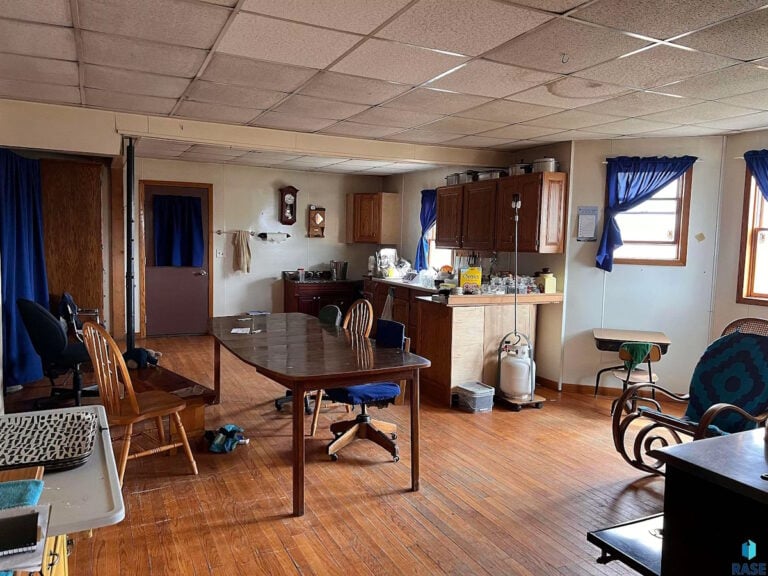


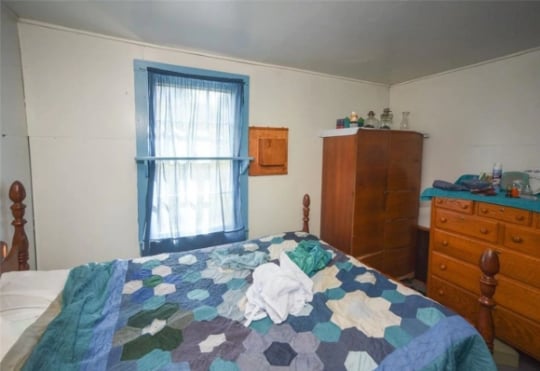
I appreciated the Amish imprint on a home that looks like many my ancestors who were non-Amish lived in traditionally. They were working farm homes. I have two questions. 1) where are the sinks and cooking stoves in these Amish kitchens, this one showed neither. 2) when you say bathroom, what does that suggest? Even my ancestors of two generations ago didn’t have indoor plumbing until the 1970s in that part of the country.
Thank you for sharing these wonderful images.
Jenny Gooding
The sink/stove is probably just not in these shots. There were relatively few interior photos for this listing, especially compared to some of them.
If it says bathroom in the listing, that may very well be a conventional bathroom (most Amish have them), but the plainer groups do not (though the listing for the home might still list a bathroom). It’s hard to say in this case, the furnishings and oil lamps suggest a plainer Amish group so they might not have indoor plumbing here.
Cramped Amish Home
Given the date the house was built, I’d hazard to guess that roads were changed over the years.
Also, re: “A Gentleman’s Farm”, that term goes back to Victorian ages, if I’m not mistaken, & is generally assumed to be a “Hobby Farm” or one that makes the household’s needs of produce, but isn’t necessary to sustain the family.
Interesting, thanks Adrienne. Did not know that.
Cramped
Eric, I noticed a white cradle to the right of the bed in the same room with the triple bunk beds. More evidence of over crowding!
Good eye, I caught that too – made me wonder if parents sleep in that bedroom too. Would be a bit of a head-scratcher if they have 4 bedrooms.
I like it. 23 acres. That’ll work. Though the winter might be a little tough up there.
That is a nice sized piece of land. No indication if they were using it for some sort of farming or not, though there is a sizeable barn in the listing as well.
Nice home
My thoughts are the house was added onto in the front and that is why it is so close to the road. The acreage is wonderful for horses, cows or crops/hay.
Small farm
Erik, I looked at this property on Google Earth. The dirt road next to the house is the driveway, or maybe more appropriate, the farm road coming in from the paved road which is a couple of hundred feet away perpendicular to the dirt road shown. It’s interesting that there is an electric line going to this house and that the real estate listing says there is an “additional” Amish house on the property. The Google Earth view does show an additional house, but it is not clear if that second visible house is on this property. The lack of vehicles on the real estate photos and the Google Earth view would indicate this was Amish-occupied at least at the time of the listing.
Someone else already defined Gentleman’s Farm, but I’ll expand on it a little. It was a common term in the northeast for decades from the late 1800s well into the 1900s. The term shows up in New England, New York, New Jersey and probably in Pennsylvania. The term could describe a farm of any size owned by an active or retired businessman who used the farm for additional income, for growing crops for his family, and as a summer home. At one time, several branches of my family were wealthy and had such farms. Some were 25 to 30 acres and some were 150 or more acres. The biggest I know of belonged to my great-grandfather who owned a 400 acre farm which he used for fresh food and dairy products for the family (brought the 7 miles or so from the farm to the house in Providence every day). The family also summered there for more than 20 years.
These gentlemen farmers were almost always men, although I recently wrote a long article about a woman who owned an iron and steel factory and did many things not considered appropriate for women in the early 1900s. She owned a farm like this a few miles from the larger city in which she worked and ran her factory. The farm provided all the food for her home in the city and she gave away all the excess crops to her employees and the poor in the city in which she lived. She eventually moved out of her city and spent the rest of life at the farm.
Maybe the correct term today would be Gentleperson’s Farm!
Regards,
Frank Comstock